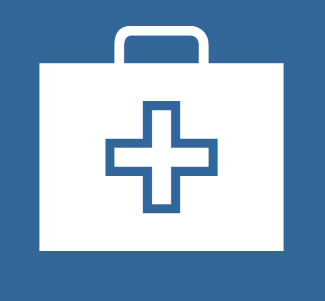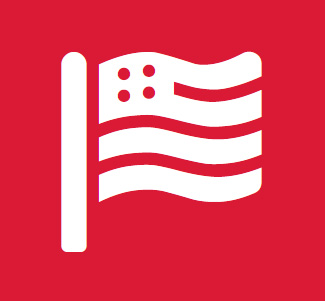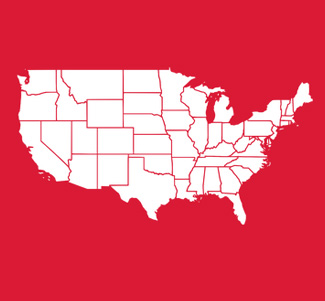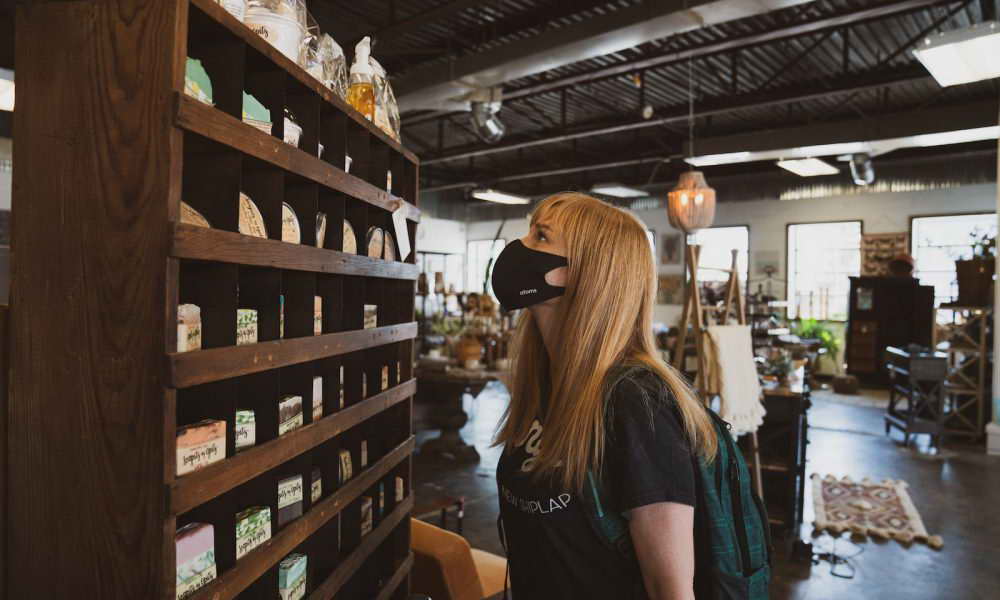This time last year, the first cases of a novel coronavirus appeared in the United States. Within weeks, everything changed.
Schools closed, the Dow plunged and stay-at-home orders took effect. “Social distancing” emerged as a buzzword and way of life for many Americans, as kitchen tables transformed into offices and classrooms. Bleak milestones marked the pandemic’s grave evolution, and, today, more than half a million Americans have lost their lives to the virus.
With all that’s changed since the pandemic’s inception, we’re left wondering: How can it be March again?
In one year, public opinion has shifted on a myriad of issues related to the pandemic, from the government’s handling of the virus to wearing masks in public.
“This issue is more personal than most of the issues being debated,” Dr. Robert J. Blendon, professor of health policy and political analysis, emeritus, at Harvard says. “On most policy issues, my feelings about guns or this or that are standard. I’m going to feel, unless there’s some really big national event, the same way. But here, this is really dependent on what actually happens.”
Here’s how public opinion has changed over the last 12 months:

CONCERN ABOUT COVID
Last March, much about the virus’s spread and deadliness remained unclear. Since that time, the Axios/Ipsos Coronavirus Index has produced regular updates on COVID-19 in public opinion. While the most recent installment reveals that a majority (55%) of Americans are extremely or very concerned about the coronavirus or a COVID-19 outbreak, fewer (37%) felt that way last March.
CONCERN ABOUT COVID
Last March, much about the virus’s spread and deadliness remained unclear. Since that time, the Axios/Ipsos Coronavirus Index has produced regular updates on COVID-19 in public opinion. While the most recent installment reveals that a majority (55%) of Americans are extremely or very concerned about the coronavirus or a COVID-19 outbreak, fewer (37%) felt that way last March.


MASKS
Masks, now mandated in more than 30 states, were not officially recommended by the CDC until early April 2020. A year ago, a poll from the Henry J. Kaiser Family Foundation found that just 12% of Americans had bought or worn a protective mask. As of March 1 of this year, the Axios/Ipsos Coronavirus Index shows that most Americans (73%) report wearing a mask at all times when they leave home.
Throughout the pandemic, Americans have looked to political leaders at the state and national level for guidance, but their satisfaction varied. On January 20, President Joe Biden inherited the deadliest month of the pandemic to date.
PRESIDENTIAL LEADERSHIP
When we asked Americans in March 2020 about President Donald Trump’s handling of the coronavirus pandemic, a plurality (49%) disapproved. With Biden in office, Americans conveyed more optimism about pandemic. Now over a month into his presidency, Biden has won approval from a majority (62%) for his handling of the outbreak, according to a recent American Research Group, Inc. poll.


FEDERAL GOVERNMENT
The federal government’s response, as a whole, has been better received in recent polls compared to the early days of the pandemic. According to the Axios/Ipsos Coronavirus Index, 45% of Americans said the federal government had become better at handling the pandemic –– that’s compared to the 26% of Americans in October who said the federal government’s handling of the pandemic had improved.
STATE GOVERNMENT
Last year, state governments earned strong marks from Americans. Back in March 2020, we found that many (65%) said their state officials were doing enough to prevent the spread of coronavirus in their states, versus the 46% approval for the federal government.

As government leaders continue to grapple with new variants and the pandemic’s yearlong strain, Americans eagerly anticipate a return to “normal.” Will they spend this next Thanksgiving with their families? What will be the impact of vaccines? These questions linger but the coming months will hopefully illuminate the pandemic’s future.

VACCINES
Multiple vaccines are currently in circulation, just one year after the global pandemic was officially declared. But hurdles remain: in March 2020, most Americans (84%) said that they were likely to take a vaccine for COVID-19 if it was available; but now, even with the number of first-generation COVID-19 vaccines increasing, just 46% said they were likely to receive one as soon as it was available (23% have already received vaccines, but a drop in enthusiasm overall remains evident).
BACK TO NORMAL
The quest for normalcy remains at the fore, and Americans’ optimism for the pandemic’s prompt end has fizzled: Last May, we reported that many Americans (65%) said that daily life would not return to some sense of normal before six months, at least. As of January 2021, that’s increased to 79%.

But glimmers of hope persist in public opinion. Positivity about the government’s capacity to handle the still-raging pandemic has increased and protocols like mask-wearing have become a standard practice, at least in a majority of states.
“These are numbers that are going to change,” Miringoff says. “Most of them should reflect that things will be getting better, and people will react to that.”
This post was written by Marist Poll “College 2 Career” intern Sarah Lynch.

